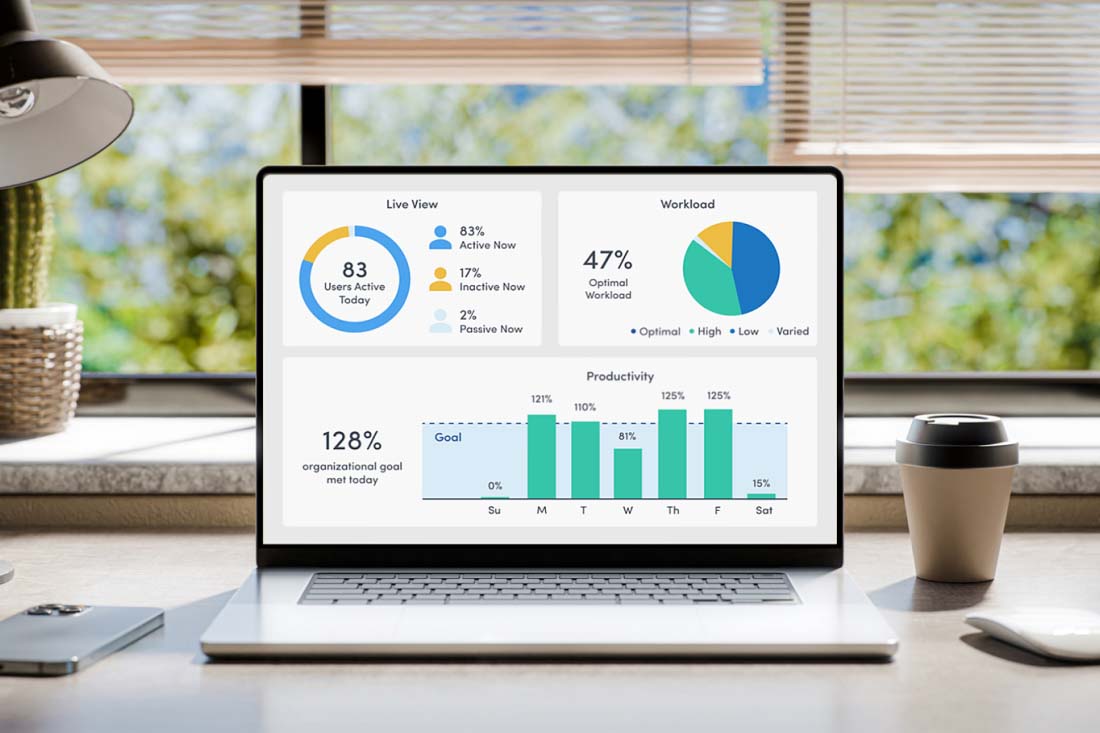Originally published in Forbes on September 21, 2022, as Forbes Technology Council Post
It’s a challenging time to be a leader.
My social feeds are overflowing with articles about the growing headwinds weakening our economy—the impact of remote and hybrid work on recruiting and retention, the cost of commercial office space sitting idle, the bloat of SaaS technologies consuming budgets.
On the heels of a once-in-a-generation pandemic, the realities of today look much different compared to past recessions, requiring different guideposts to lead us forward. As I talk with other companies, there are four key areas of concern that keep coming up—and I thought I’d share a few thoughts on recommendations to help address them.
Workforce Planning
Operational adjustments to today’s work environment can impact employees’ ability to remain productive, keep focused and feel engaged. According to Gallup data, only 36% of U.S. employees are engaged in their work, leaving significant room for improvement. This entails being thoughtful about how to meet resource demands amid tighter conditions for spending and hiring.
Before taking drastic measures such as reducing headcount, it’s worth first asking: Is anyone or any team currently underutilized or overutilized? Can certain employees take on more work or can work be redistributed? How does team productivity vary across remote, hybrid and office work environments? Do we have the right training and policies to ensure sustained balance and well-being? Answering these questions can help prioritize key business initiatives that are less disruptive to the workforce, more engaging to employees and more conducive to better business outcomes.
Employee Engagement And Burnout
According to a 2021 report published by Asana (via CIO Dive), “72% of workers [feel] pressure to multitask during the day as multiple platforms clamor for attention.” How does this affect their focus, fatigue and morale? Even before the pandemic, 91% of professionals in the U.S. said that unmanageable stress or frustration impacts the quality of their work, and roughly 70% said their employer does not do enough to minimize burnout. The shift to remote and hybrid work has only exacerbated this. As we think about workforce planning and headcount, we must also think about how we retain and nurture the employees we already have.
As leaders, it’s incumbent on us to ask: Where are employees spending their time? Is it too much, not enough or just right? How does that vary by the time of day, day of the week or different locations? Are they constantly bombarded by interruptions and distractions? How does that compare across teams and individuals? Armed with this data, organizations can take steps to ensure healthier work habits that directly influence employee engagement and retention. This can include reducing unproductive meetings, eliminating continuous management “check-ins” or setting core work hours for collaboration.
Process Optimization
For decades, organizational design experts have focused on a human-centered approach to improving how people work together and how companies respond to change. However, business leaders face many challenges in doing this, as the NOBL Academy describes:
“Bureaucracy stands in our way of moving work forward. We’ve become less customer centric, and can’t see how our actions impact the big picture. We’re tasked with responding to a faster world by working longer and harder, not smarter.”
That “smarter” part is the key. How are top performers executing on processes? How much of that work is deep work versus multitasking versus collaborating? Are there opportunities to learn from them and train others? What are the right metrics to choose to capture a baseline of productive work? How can we engage and empower employees more effectively to see and improve their own work habits? Establishing metrics for working hours, productive hours and focused work time can be a powerful way to gain insights into team efficiency and effectiveness—which leads me to the fourth and final consideration: technology use and investment.
Resource Use And Investment
The “resources” in this category include technology as well as real estate. According to research by Ladders, “25% of all professional jobs in North America will be remote” by 2023. That’s a lot of empty conference rooms and potential SaaS licenses unaccounted for. Mark Wayland, the chief revenue officer at Box, put it bluntly: “Our tech stack is like an overcrowded club — I can’t let any more apps in until a few leave. … If you can’t answer the ‘what can I retire?’ question, I’m not listening.”
He’s not alone. While it’s true that remote work has put the burden of operations on IT, more CIOs are asking: Which technologies account for my biggest spend? How are they being used, and by whom? What opportunities exist to optimize licenses or increase training? Similar considerations apply to office space. As the return-to-office ramps up, so has the inflation-driven cost of renting and operating one. Hybrid and remote teams make these investments even harder to justify. Do you know how often employees come into the office? Do you have more space than you really need? Is that space optimally configured to facilitate focus and collaboration activities that yield productivity and results?
Having the right insights can help turn economic uncertainty into action in difficult times. Fortunately, many of the answers we need are right in front of us; we just need to look closer and harder to find them. The four areas above are a great place to start.





